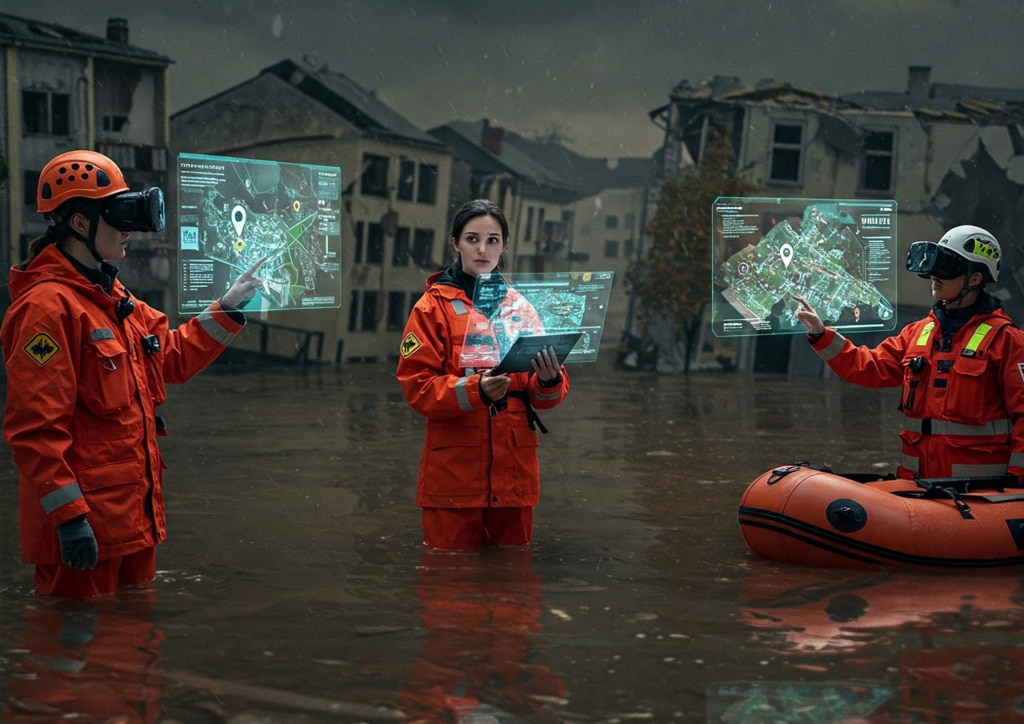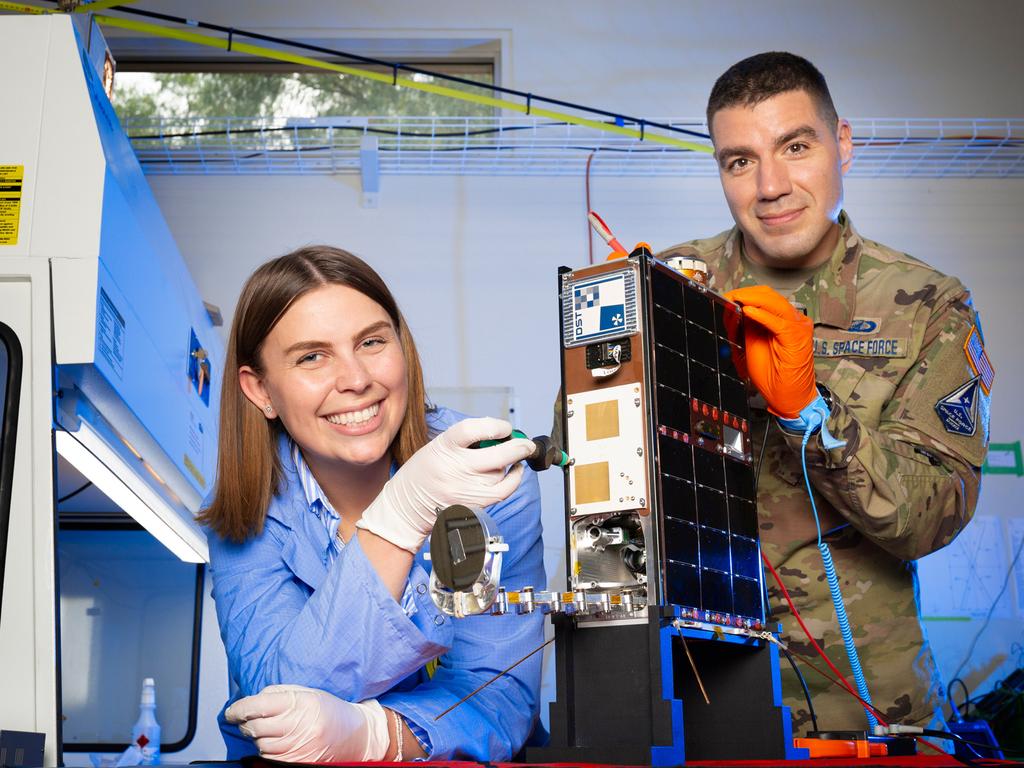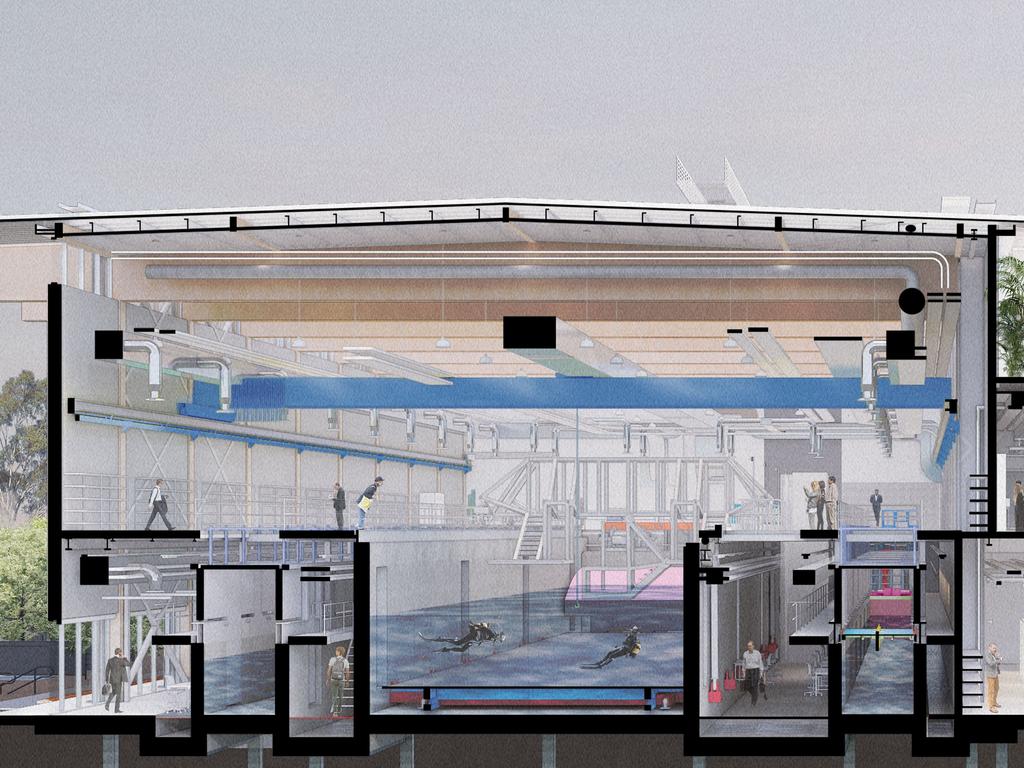
Technology to be tapped as air force looks to the future
If the current strategic outlook in our region continues to exponentially worsen, as is predicted over the next 10 years, what will the RAAF of the future look like?

If the current strategic outlook in our region continues to exponentially worsen, as is predicted over the next 10 years, what will the RAAF of the future look like?

The Peregrines are being acquired under Phase 1 of Defence’s Project Air 555 and will deliver an unprecedented electronic surveillance and electronic warfare capability to the RAAF.

More than 1000 of Boeing’s 4500 employees in Australia were formerly in the armed forces, and many are still reservists.

As a veteran of both the British Army and the Australian Army, head of Land & Aerospace at defence and security contractor Saab Australia, Marc Bryant believes employers can fail to recognise the commercial value of military service.

The Australian Submarine Corporation has evolved from a Collin-class submarine builder to sustainer, gaining the unique knowledge and capability required to support such a complex asset.

Ex-service people understand how to work in teams, they know how to give and follow orders, and they understand the importance of task completion, says former Lance Bombardier Peter Sanderson.

The ADF’s ability to operate effectively increasingly depends on resilient, adaptable technologies and capabilities.

The Royal Air Force has declared operational its StormShroud autonomous Uncrewed Aerial System (UAS), beating the RAAF and US Air Force to the punch.

Australia’s bases across the north of the country are growing more critical to any efforts to counter any regional aggression.

Australia has a layered, responsive counter-drone architecture available now: tested, adaptable and ready to field.

Traditional methods of simulating and comprehending complex systems are often insufficient in the connection between human population behaviours and physical infrastructure.

R&D that’s relevant now is important, but so is the basic work that may lead to breakthrough capabilities down the track

Australia needs ‘clever’ defence systems and equipment to protect the nation’s interests across a huge landmass and expanse of ocean, says Chief Defence Scientist Tanya Monro.

Our security environment is becoming more volatile and the need for collaboration between universities, industry and government is stronger than ever.

The Armed Forces and the government need to throw out the old inefficient and expensive way of doing things and think outside the box.

No longer confined to surveillance or reconnaissance, drones are transforming modern warfare and Australia needs to be prepared.

Achieving the Defence aim of ‘speed to capability’ and delivery of ‘minimum viable capability’ requires sufficient test and evaluation, certification and systems assurance

There is an expectation that diplomacy and foreign policy will occupy more of the time of Indonesia’s new president, Prabowo Subianto, than his predecessor. But what does that look like?

Australia’s service personnel are some of the most highly trained and skilled professionals in our nation.

Optus has expanded its practice of recruiting Defence ex-service people to strengthen its ranks, recognising the unique skills and expertise this talent pool provides.
Original URL: https://www.theaustralian.com.au/special-reports/defence/page/2